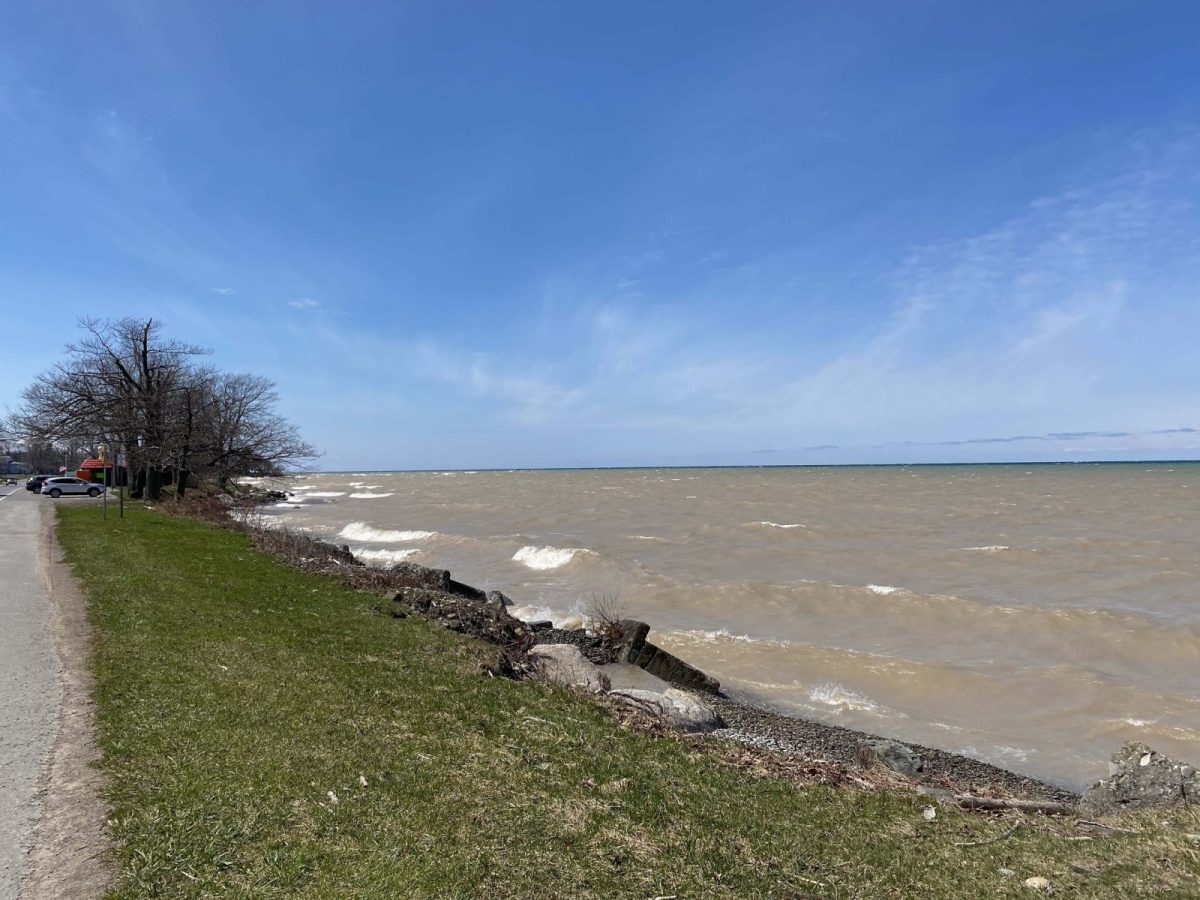Lake Ontario flood risk diminishes; high outflows to continue

The risk of flooding on Lake Ontario and the upper St. Lawrence River has declined from moderate in December 2020 to low. In December, the risk analysis indicated a 28 percent chance of water levels exceeding a threshold at which damages occur in many shoreline communities. The risk is now down to 8 percent. There is a comparable risk of flooding on Lake St. Louis in the lower St. Lawrence River.
This risk reduction is largely the result of dry conditions throughout the Great Lakes Basin in January and February. Lake Ontario water levels declined 8 cm in January and 7 cm in February. Lake Ontario’s level is currently 11 cm (4.3 inches) below the long-term average level for this time of year. The lake level is almost 2 feet lower than at this time a year ago and the lowest it has been at this time of year since 2015.
The International Lake Ontario – St. Lawrence River Board continues to closely monitor the persistently high levels and flows from Lake Erie, which flows directly into Lake Ontario. In response, Plan 2014 continues to call for very high outflows from Lake Ontario. However, it is also noted that the Lake Erie level has also declined and is now more than a foot lower than it was at this time last year, which means inflows from Lake Erie have begun to moderate. Given these factors, the board has decided to cease deviating from Plan 2014 on March 1 and revert to the high outflows prescribed by Plan 2014.
Due to the uncertainty of seasonal conditions and the potential for conditions to rapidly change, the board intends to meet regularly through the spring. The board retains authority granted by the IJC to deviate from plan flows through the seasonal crest of Lake Ontario this year. Under this authority, the board can implement additional deviations to increase flows above plan limits should conditions warrant. Deviations from Plan 2014 have had a very small contribution to the reduction in flood risk. It is also important to note that deviations above Plan prescribed flows have potentially detrimental impacts to other interest groups including water users on Lake St. Lawrence and the ecosystem.
The risk of high water on Lake Ontario in 2021 remains a low possibility and is much lower than the risk was at this time last year. However, the board continues to emphasize that, if basin weather conditions should become extremely wet, similar to those observed in 2017 and 2019, no deviation strategy will prevent water levels that can cause flooding and damage to shoreline properties. Eliminating such damages is beyond the reach of outflow regulation and are more reliably addressed through coastal resilience and planning.
Information on hydrologic conditions, water levels and outflows, including graphics and photos, are available at https://www.ijc.org/en/loslrb.
Provided information




